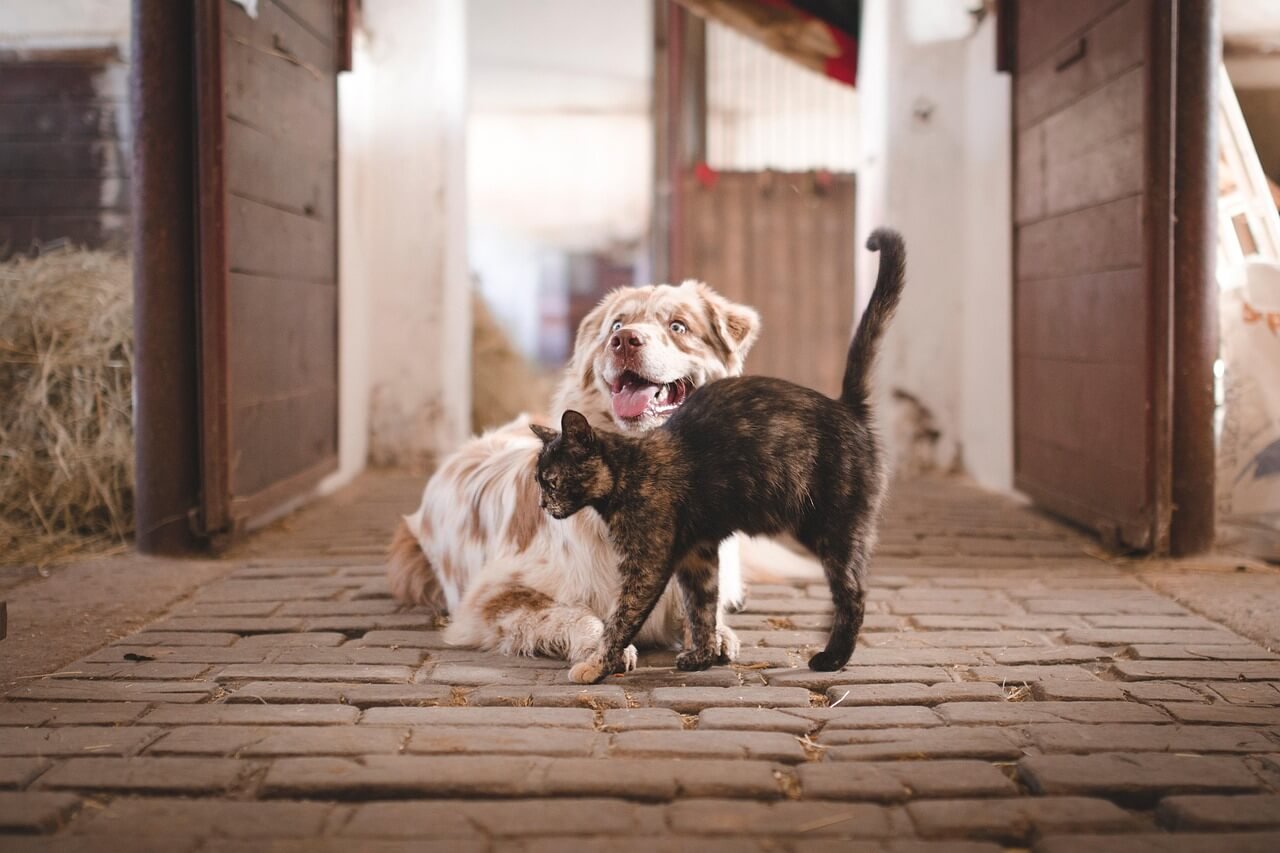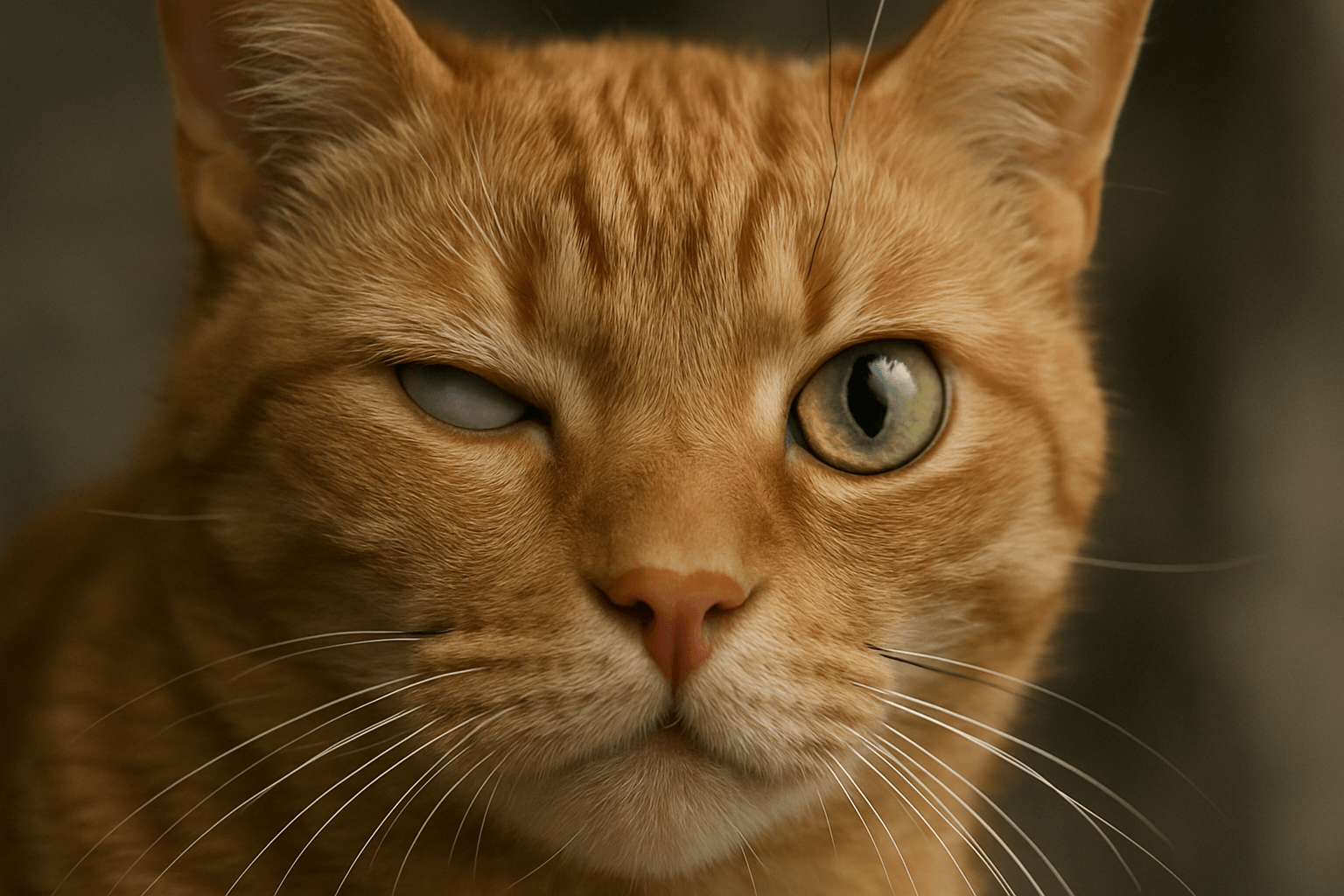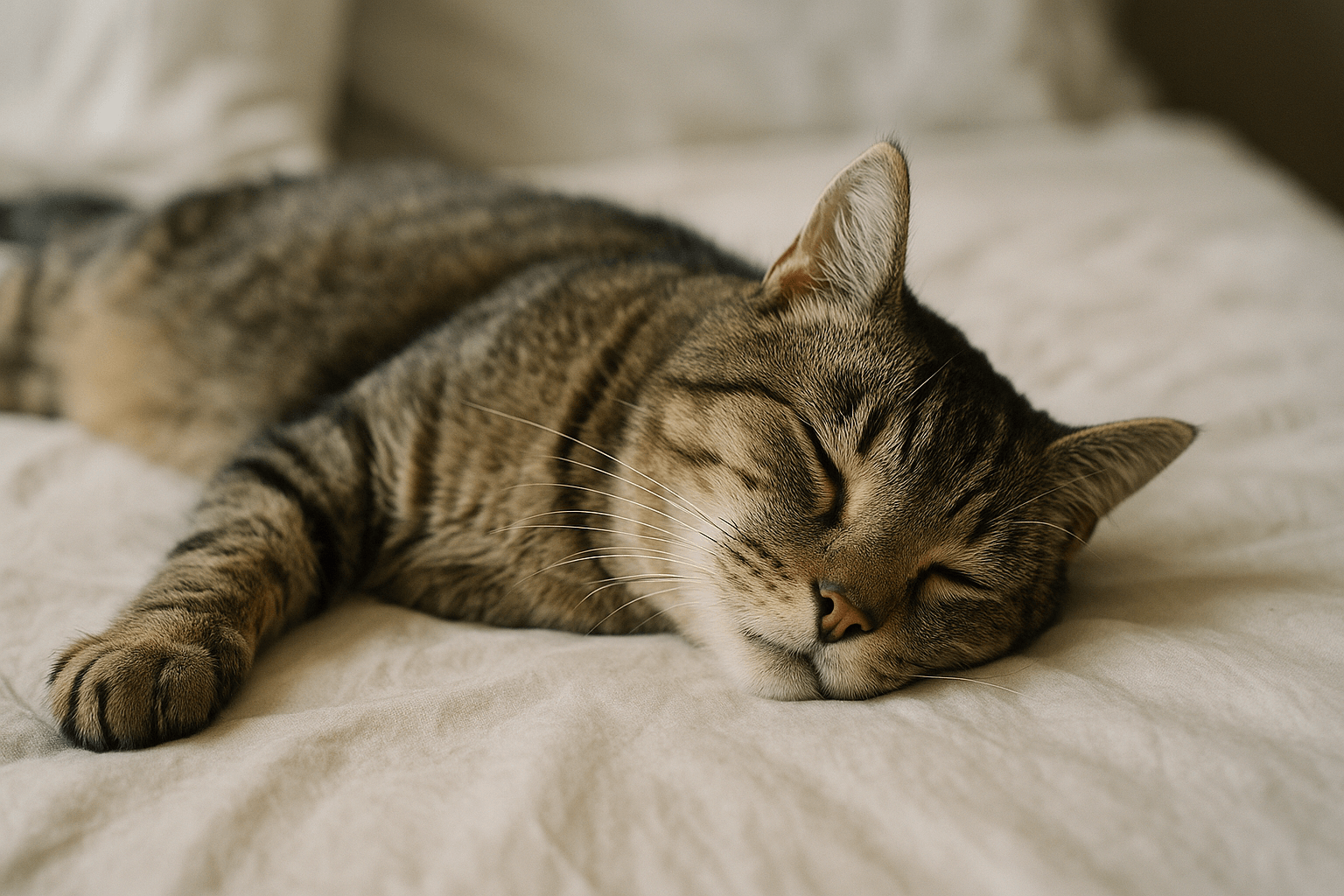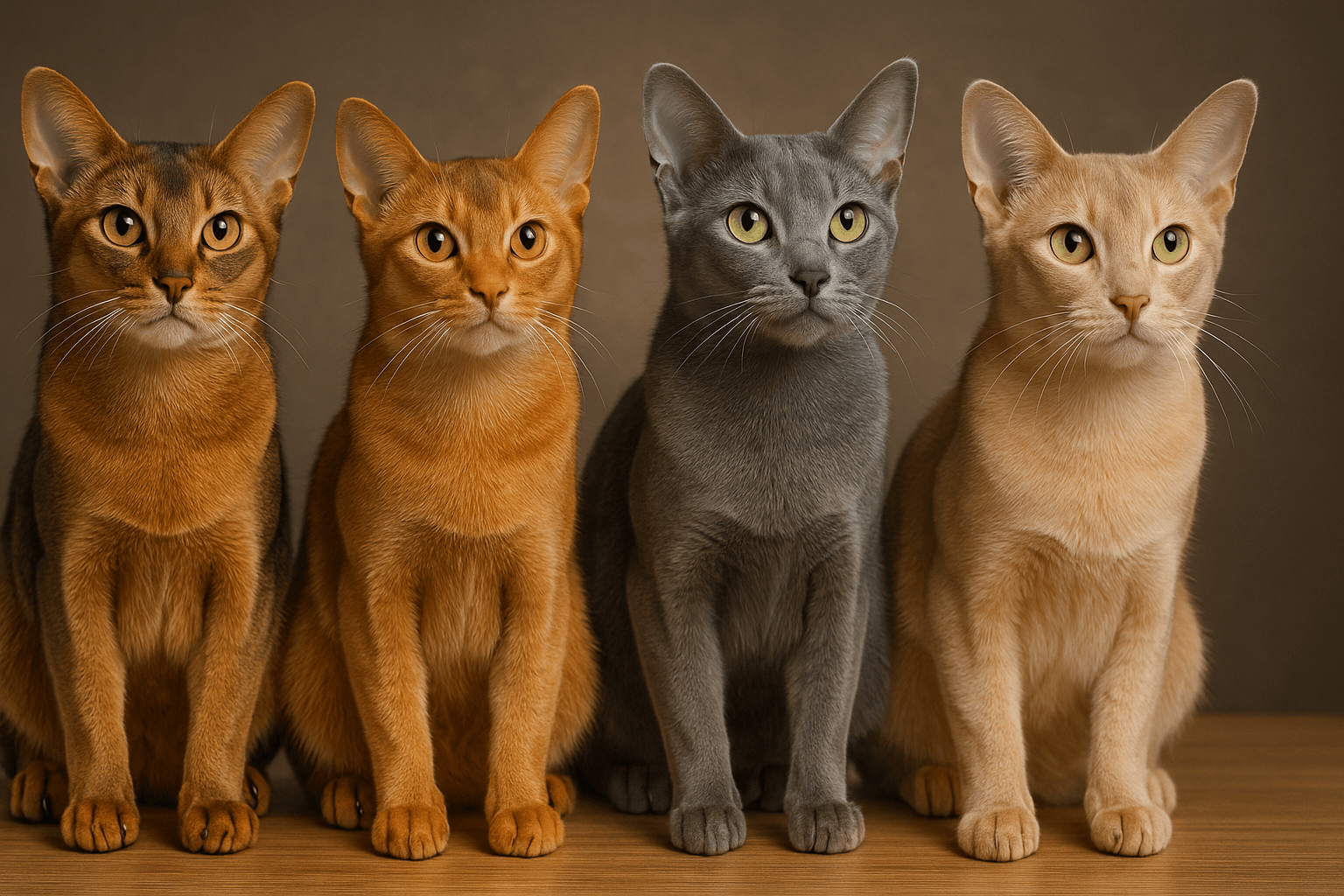Cat vs Dog Senses: Exploring the Sensory World of Our Beloved Pets
When it comes to our furry companions, cats and dogs couldn’t be more different in how they experience the world around them. Their senses—sight, hearing, smell, touch, and taste—are finely tuned to their unique needs and lifestyles. While cats are stealthy hunters with razor-sharp instincts, dogs are social explorers with an uncanny ability to detect scents and sounds. In this blog post, we’ll dive into the fascinating differences between cat and dog senses, uncovering how these animals perceive their environments and interact with us. Whether you’re a cat lover, a dog enthusiast, or both, you’ll gain a deeper appreciation for the sensory superpowers of these beloved pets.
The Battle of the Senses: How Cats and Dogs Compare
Cats and dogs rely heavily on their senses to navigate their surroundings, but their sensory strengths often differ dramatically. Let’s break down how these two species stack up against each other in terms of sight, hearing, and smell.
Sight:
Cats have superior night vision due to a higher number of rod cells in their eyes, allowing them to see in low light.Hearing:
Cats can hear higher frequencies than dogs, making them more sensitive to subtle sounds like a mouse squeaking.Smell:
Dogs generally have a stronger sense of smell, with up to 300 million olfactory receptors compared to a cat’s 80 million.Taste:
Cats lack certain taste receptors, such as those for sweetness, while dogs can enjoy a wider range of flavors.Touch:
Both animals use their whiskers to detect changes in their environment, but cats rely more heavily on them for balance and navigation.
These differences highlight how cats and dogs have evolved to excel in their respective roles as hunters and companions. Their sensory abilities reflect their natural instincts and survival strategies.
How Cats Use Their Senses to Hunt and Survive
Cats are natural-born predators, and their senses are finely tuned for hunting. From their keen eyesight to their acute hearing, every aspect of their sensory system is designed to help them catch prey and stay safe. Here’s how cats put their senses to work.
Night Vision:
Cats’ eyes are adapted for low-light conditions, giving them an edge when hunting at dawn or dusk.Hearing Precision:
Their ability to detect ultrasonic frequencies helps them locate small prey like rodents or insects.Whisker Sensitivity:
Whiskers act as tactile sensors, helping cats judge distances and detect nearby objects even in complete darkness.Smell for Territory:
Cats use their sense of smell to mark territory and identify familiar scents, ensuring they feel secure in their environment.Balance and Agility:
Their acute sense of touch and proprioception allows them to land on their feet and move gracefully through tight spaces.
Cats’ sensory abilities make them incredibly efficient hunters and adaptable survivors. It’s no wonder they’ve earned a reputation for independence and resourcefulness.
Check this guide 👉Can Cats Nurse on Dogs? Best 7 Expert Tips!
Check this guide 👉Why Does My Dog Lick My Cat? Best 7 Behavior Tips!
Check this guide 👉Cat Vision vs Dog Vision: Best 7 Expert Tips!
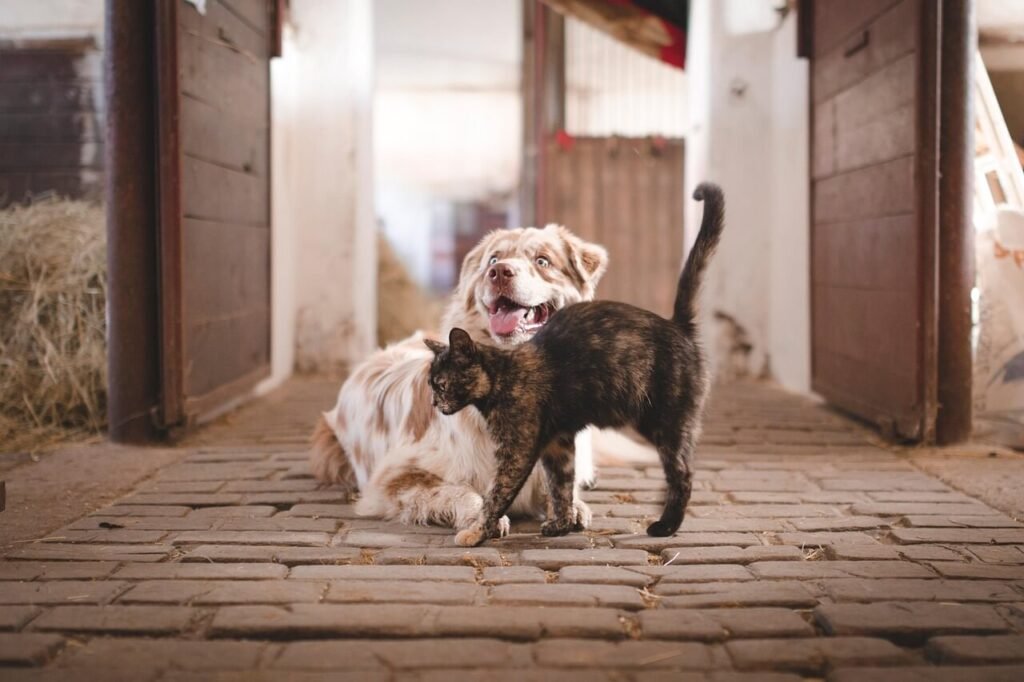
Cat Senses | Dog Senses |
|---|---|
Superior night vision | Stronger sense of smell |
Detects higher frequencies | Excellent hearing range |
Relies on whiskers for touch | Uses nose for tracking scents |
Limited taste receptors | Enjoys a variety of flavors |
Agile and balanced movements | Social and responsive to cues |
How Dogs Use Their Senses to Bond and Explore
Dogs are highly social animals, and their senses play a crucial role in building relationships with humans and exploring the world. Their sensory abilities are optimized for communication, detection, and interaction. Here’s how dogs leverage their senses in everyday life.
Smell for Connection:
Dogs use their powerful sense of smell to recognize people, other animals, and even emotions through scent cues.Hearing for Communication:
They can pick up on subtle vocal tones and commands, making them excellent listeners and learners.Vision for Play:
While not as sharp as a cat’s, a dog’s vision is well-suited for spotting movement, which is essential for activities like fetch.Taste for Rewards:
Dogs associate taste with positive reinforcement, making treats an effective training tool.Touch for Comfort:
Physical contact, such as petting or cuddling, strengthens the bond between dogs and their owners.
Dogs’ sensory abilities make them exceptional companions, always eager to connect and explore alongside their human families.
Unique Sensory Abilities: What Sets Cats and Dogs Apart
While cats and dogs share some similarities in their sensory systems, they also have distinct traits that set them apart. These differences reflect their evolutionary paths and roles in the animal kingdom. Let’s explore what makes each species unique.
Cats’ Independence:
Cats rely on their senses to operate independently, often preferring solitude over constant companionship.Dogs’ Social Nature:
Dogs are wired to seek connection and cooperation, using their senses to read human emotions and intentions.Cats’ Stealth Mode:
Their quiet footsteps and acute senses make them masters of stealth, perfect for sneaky hunting.Dogs’ Tracking Skills:
A dog’s nose is a powerful tool for tracking scents over long distances, often used in search-and-rescue missions.Cats’ Curiosity:
Cats use their senses to investigate their surroundings, often driven by curiosity rather than a desire to please.
These unique traits highlight the fascinating ways cats and dogs adapt to their environments and fulfill their natural roles.
The Role of Senses in Cat and Dog Behavior
Understanding how cats and dogs use their senses can shed light on their behavior and preferences. Here’s how their sensory abilities influence their actions.
Cats’ Love for High Places:
Their keen vision and balance drive them to seek out elevated spots for better vantage points.Dogs’ Affectionate Nuzzles:
Dogs use their sense of smell and touch to show affection and build trust with their owners.Cats’ Playful Pouncing:
Their acute hearing and reflexes make them naturals at stalking and pouncing on toys or prey.Dogs’ Tail-Wagging Excitement:
Dogs often wag their tails in response to scents or sounds that trigger positive emotions.Cats’ Selective Eating:
Their limited taste receptors mean they’re pickier eaters compared to dogs.
These behaviors highlight the connection between cats’ and dogs’ senses and their daily routines.
Fun Facts About Cat and Dog Senses
Here are some intriguing facts about the sensory abilities of cats and dogs that showcase their uniqueness.
Cats’ Third Eyelid:
Cats have a third eyelid called the nictitating membrane, which protects their eyes while maintaining visibility.Dogs’ Wet Noses:
A dog’s wet nose helps trap scent particles, enhancing their ability to detect odors.Cats’ Rotating Ears:
Cats can rotate their ears up to 180 degrees to pinpoint the source of a sound.Dogs’ Emotional Detection:
Dogs can sense human emotions through changes in body odor and tone of voice.Cats’ Silent Landings:
Their sensitive paw pads allow them to land quietly, making them stealthy hunters.
These fun facts reveal just how extraordinary cats and dogs are in their sensory capabilities.
Tips for Enhancing Your Pet’s Sensory Experience
To keep your cat or dog mentally and physically stimulated, consider activities that engage their senses. Here are some tips tailored to their unique needs.
For Cats:
- Provide interactive toys that mimic prey movements to stimulate their hunting instincts.
For Dogs:
- Use scented toys or treat puzzles to challenge their sense of smell and problem-solving skills.
For Cats:
- Set up perches near windows to satisfy their curiosity about the outside world.
For Dogs:
- Take them on varied walks to expose them to new sights, sounds, and smells.
For Both:
- Offer gentle grooming sessions to enhance their sense of touch and strengthen your bond.
By catering to their sensory preferences, you can enrich your pet’s life and keep them happy and healthy.
Frequently Asked Questions About Cat vs Dog Senses
Which animal has better night vision, cats or dogs?
Cats have superior night vision due to their higher number of rod cells in the retina.
Can dogs hear better than cats?
While both animals have excellent hearing, cats can detect higher frequencies, giving them an edge in certain situations.
Why do dogs sniff everything?
Dogs use their powerful sense of smell to gather information about their environment, including identifying scents left by other animals or humans.
Do cats enjoy being touched?
Some cats enjoy gentle touch, especially on their heads or backs, but their preferences vary depending on their personality.
Are cats or dogs more sensitive to taste?
Dogs have a wider range of taste receptors, allowing them to enjoy a greater variety of flavors compared to cats.
The Sensory Symphony of Cats and Dogs
In conclusion, the sensory worlds of cats and dogs are as diverse as their personalities. While cats rely on their sharp instincts and independence, dogs thrive on social interaction and exploration. Understanding how these animals use their senses not only deepens our appreciation for their unique abilities but also helps us strengthen our bonds with them. Whether you’re marveling at your cat’s nighttime prowls or enjoying a game of fetch with your dog, remember that their sensory superpowers make them truly remarkable companions.
Why Is My Cats Second Eyelid Showing? Best 7 Expert Tips! Understand causes, health signs, and how to respond when your cat’s third eyelid becomes visible.
How Do I Know If My Cat Died Peacefully? Best 7 Expert Tips! Discover the quiet signs of a peaceful feline passing and find comfort in their final moments.
Cat Allergy Eyes: Best 7 Expert Tips! Discover why your eyes react to cats and learn proven strategies for relief—without giving up your feline friend.
Why Do Abyssinian Cat Colors Matter? Best 7 Expert Tips! Discover the genetics, rare hues, and care secrets behind Abyssinian coat colors for a healthier, happier cat.

